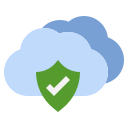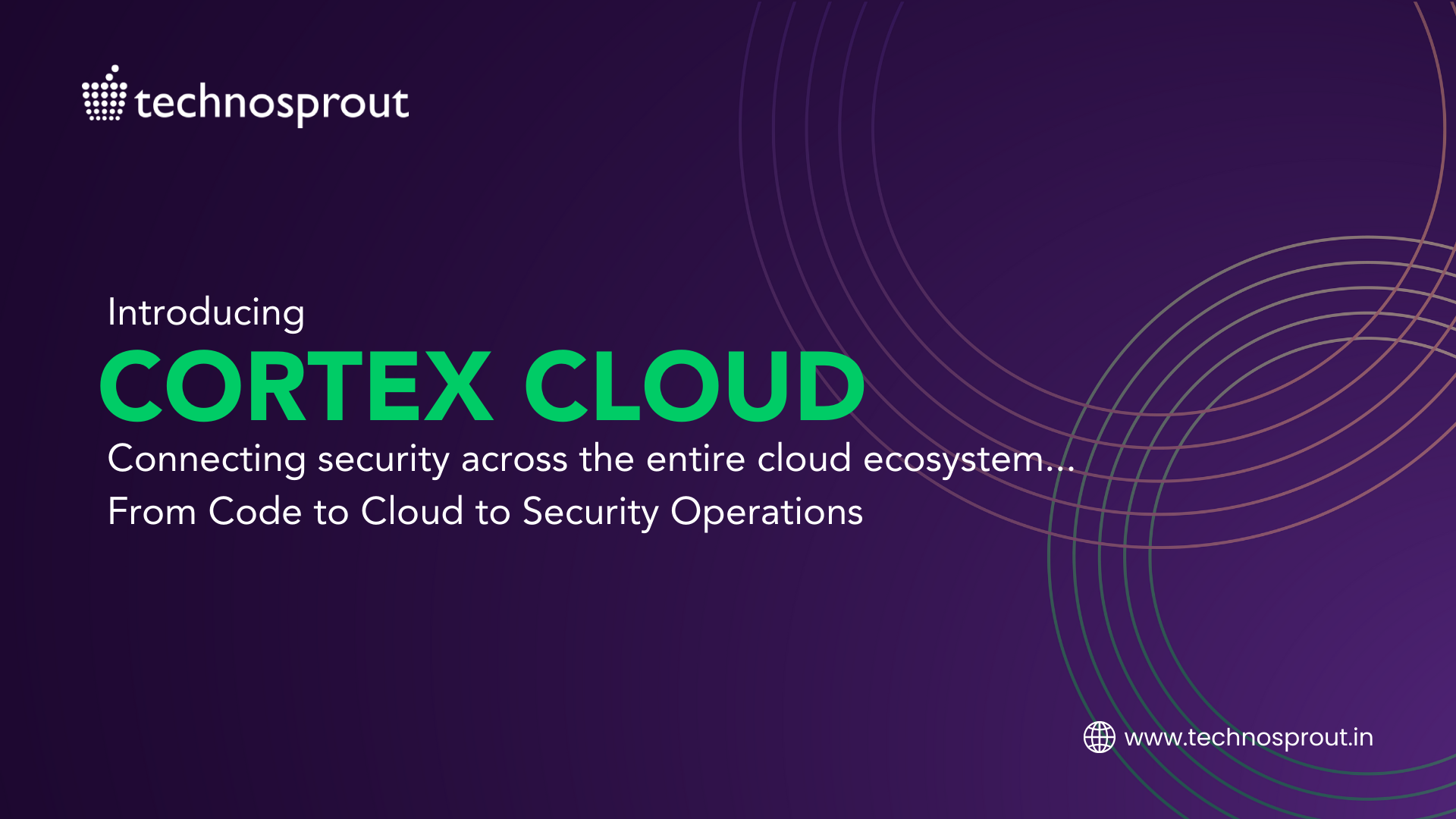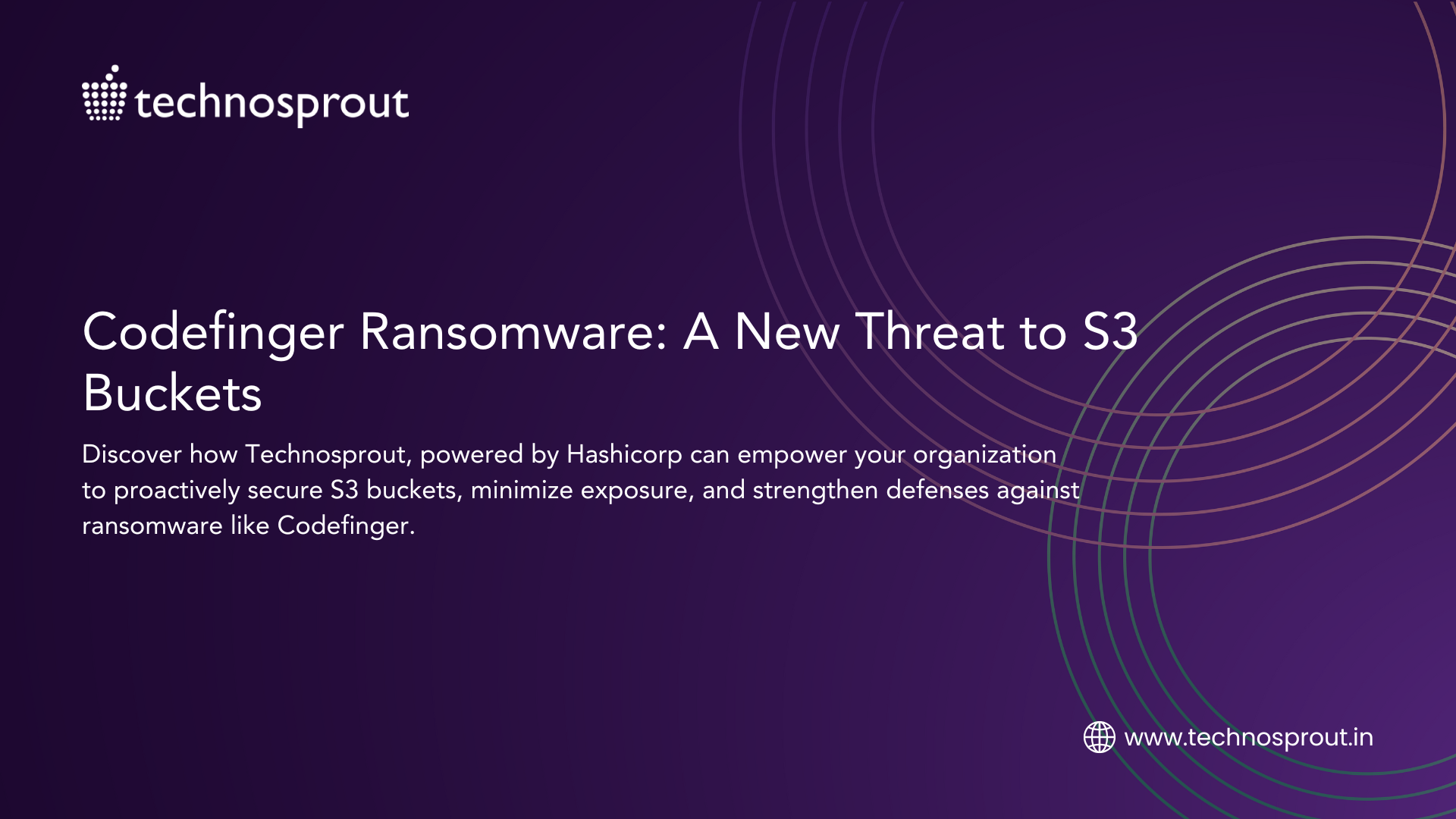Myths exist in almost every field. Even when it comes to cloud security, we have so many myths. At Technosprout, we have put our heads together and found that five myths are the most common for cloud security. Take a note of these myths so that you do not remain vulnerable to cloud attacks.
- Cloud security is the responsibility of your cloud vendor.
That is one of the most common cloud security myths. Most organizations tend to believe that their cloud vendors are responsible for handling all their cloud security needs. Well, that is not the case!
As a cloud customer, you need to understand that cloud security is a shared responsibility. You will always be responsible for protecting the data you have put on the cloud. Also, your security responsibilities depend upon the type of cloud service model that you have chosen.
Check out our blog on shared security model to know more.
- The cloud is more secure than an on-prem data centre.
The cloud vendors have claimed that to be true for well over a decade now. When an organization plans to shift to the cloud, security is the top concern on their minds. That does the work of selling the notion that the cloud is more secure than the traditional data centres.
“About 65% of cloud security episodes are due to misconfigurations at the user-end.”
Cloud service providers are good at providing security services that fall under their domain. They sure can improve that. The main problem lies in the misconfigurations of the cloud, which happens at the user-end. If organizations play their part of securing the cloud, we can surely make the cloud safer than the on-prem data centres.
- Security is proportional to the number of security tools you use.
That is so not true! Yet many organizations believe in this notion.
“Approximately 70% of the organizations surveyed mentioned that a lot of tools are essential to secure the cloud.”
- Oracle and KPMG Cloud Threat Report 2020
On an average, every organization uses more than 100 cloud security tools. Different cloud vendors provide distinct cloud solutions for preventing an attack. That results in gaps which act as an entry point for the attackers. Also, using too many tools will just increase the complexity.
The best thing to do is to get in place only those tools that will manage your cloud security efficiently without adding any extra complexity.
- Let the security experts handle the security.
Many think that only security professionals should manage security. But, the best practice is to ensure that it is everyone’s responsibility. For instance; shiting left during software development (DevSecOps) enables you to implement security during the development stage itself. That helps in getting rid of any issues before the actual deployment. Thus, saving efforts, time and money.
Check out our blog on Build security early in the development stage.
- Cloud visibility is simple.
You need to know about the cloud resources for which you pay. You need to have information such as; The number of accounts you have on the cloud, Is the cloud configured properly? Does it have any vulnerabilities? Can they be stopped on time?
Tracking all this information is not that easy. For that, you need visibility into the cloud. Achieving cloud security visibility requires comprehensive and continuous discovery and assessment of all assets. Without that, it is not easy to look into the cloud.
Overcoming these cloud myths will help you secure your organization from all types of cloud attacks.
Technosprout’s tailor-made cloud-based solutions offer enhanced cloud security, greater flexibility and scalability for all employees, including those working remotely.
Contact us for a free assessment test and get to know about your cloud security health.






6 Responses
Thanks for sharing. I read many of your blog posts, cool, your blog is very good.
Thank you for your sharing. I am worried that I lack creative ideas. It is your article that makes me full of hope. Thank you. But, I have a question, can you help me?
Your article helped me a lot, is there any more related content? Thanks!
Your article helped me a lot, is there any more related content? Thanks!
I don’t think the title of your article matches the content lol. Just kidding, mainly because I had some doubts after reading the article. https://accounts.binance.com/vi/register-person?ref=WTOZ531Y
I don’t think the title of your article matches the content lol. Just kidding, mainly because I had some doubts after reading the article. https://accounts.binance.com/en-NG/register-person?ref=JHQQKNKN